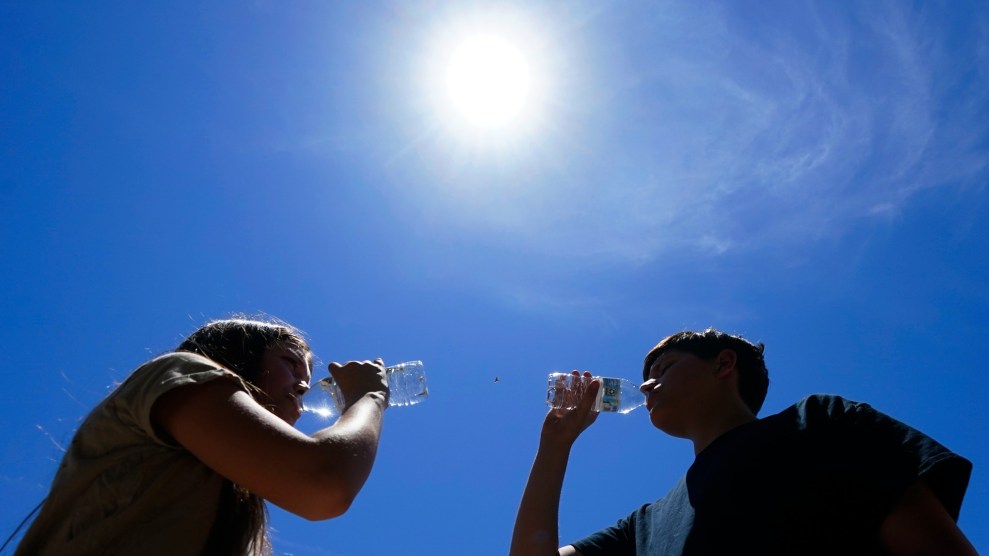If there is one thing more certain than seeing the bell ringers from Salvation Army (although no longer in front of Target stores), it’s that Americans will spend too much money on the holidays. Even though Americans have been bombarded with depressing news about a lousy economy, a continuingly brutal, costly and ugly war abroad and a rising deficit and a falling dollar, the American consumer is spending as much as ever this holiday season.
The National Retail Federation released figures
earlier this week showing that the average American shopper is expected to spend more than $700 on the holidays (up from $672 last year). Moreover, NRF predicts a 4.5 percent increase in 2004 holiday sales (for a total of $219.9 billion). With two-thirds of all economic activity in the U.S. accounted for by consumer spending, the American public is doing its part in turning the economy around.
Whether the American public can afford to do its part is another question entirely. In August the U.S. Census Bureau released numbers of the real median household income: the 2003 median household income of $43,318 did not change from 2002. (On a side note, the nation’s official poverty rate rose to 12.5 percent from 12.1.) Those 15-24 years, however, had a median income of only $26,198.
So, how much should the average American be spending this Christmas? Visa (not a disinterested source, admittedly) says we should spend no more than 1.5 percent of our gross income. Using the median income of $43,318 as our gross income, we should be spending about $649.77 this year on gifts. That is about in line with the $700 we are expected to spend. Things look much worse for young adults (in the 18-24 age group), howeThey should only be spending $392.97, about half as much as their current rate of consumption.
Americans (especially young ones) don’t need more debt. In 2003 the average U.S household had a credit card debt of $9,205, according to Cardweb.com, a research firm based out of Maryland. With 13.4 total payment cards per household, Americans are having a tough time keeping up with their interest and their expenditures. An Associated Press article yesterday found that consumer spending was greater than the income growth in October. The personal savings rate –- savings as a percentage of after-tax income -– dipped to 0.2 percent, its lowest level in three years.
Muddying the picture a bit, it has been widely reported that consumer confidence is actually down, making this the fourth consecutive monthly decline, according to the Associated Press. So while consumer spending is up, our confidence is down. Nothing like a spending spree in 2004 (followed quickly by buyers’ remorse in 2005) to make one feel better.















